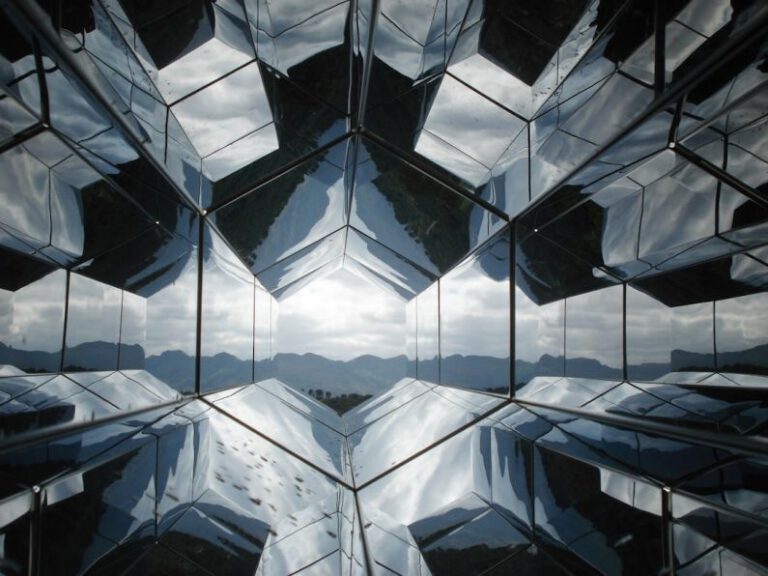Unfolding the Future: the Dynamic Architecture of Rotating Towers
In the realm of modern architecture, there exists a concept that pushes the boundaries of innovation and design—the rotating tower. This futuristic architectural marvel embodies a dynamic and ever-evolving structure that not only captivates the eye but also redefines the way we perceive buildings. Let us delve into the intriguing world of rotating towers and explore the revolutionary ideas behind this cutting-edge architectural trend.
Revolutionizing the Skyline
Rotating towers offer a unique and unparalleled experience by introducing a sense of movement and transformation to the traditional static architecture. These towering wonders are designed to rotate independently around a central axis, creating an ever-changing facade that adapts to the surrounding environment. Imagine witnessing a building that seamlessly shifts its appearance throughout the day, reflecting the play of sunlight and shadows, and offering a new perspective with every rotation.
The Engineering Marvel
At the core of rotating towers lies a complex system of motors, gears, and tracks that enable the seamless rotation of each floor. This intricate mechanism not only ensures the structural integrity of the building but also allows for precise control over the speed and direction of rotation. The engineering feat behind these rotating structures showcases the ingenuity and creativity of architects and engineers who dare to challenge the conventions of static architecture.
Blending Form and Function
Beyond their mesmerizing visual appeal, rotating towers also serve a practical purpose by optimizing space and functionality. The ability to rotate each floor independently opens up endless possibilities for customization and adaptation to different needs. From residential apartments that offer panoramic views from every angle to commercial spaces that can adjust their orientation based on sunlight exposure, rotating towers embody the perfect fusion of form and function.
Sustainable Innovation
In a world where sustainability is paramount, rotating towers present a promising solution to reduce energy consumption and environmental impact. The dynamic nature of these structures allows for better utilization of natural light and ventilation, minimizing the need for artificial lighting and climate control. By harnessing the power of rotation, architects can create buildings that are not only visually striking but also environmentally friendly, paving the way for a more sustainable future.
Embracing Change and Creativity
The concept of rotating towers challenges the notion of static architecture and invites us to embrace change and creativity in design. By breaking away from the conventional constraints of fixed structures, architects can unleash their imagination and explore new possibilities in form, function, and aesthetics. The dynamic architecture of rotating towers serves as a testament to the limitless potential of human ingenuity and the ever-evolving nature of the built environment.
A Glimpse into the Future
As we stand on the cusp of a new era in architecture, rotating towers offer a glimpse into the future of design and innovation. These awe-inspiring structures not only redefine the skyline but also inspire us to rethink the way we interact with our built environment. With each rotation, a rotating tower tells a story of adaptation, transformation, and endless possibilities—a story that unfolds before our eyes, urging us to reimagine the future of architecture.






